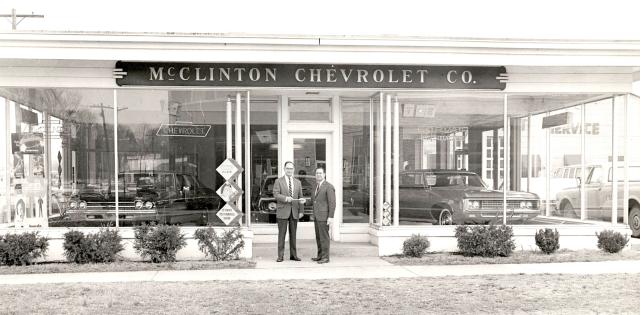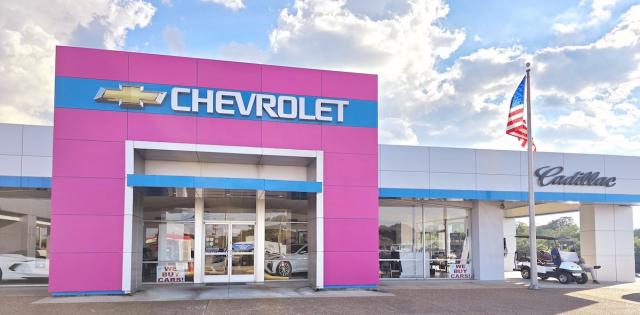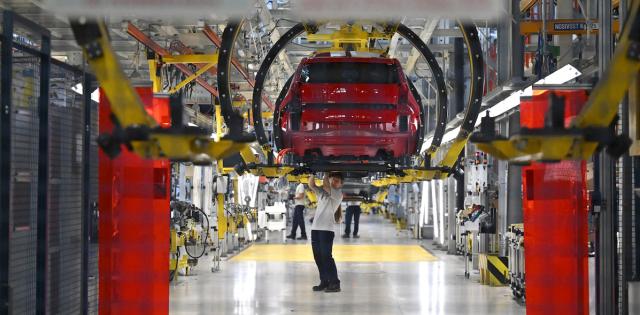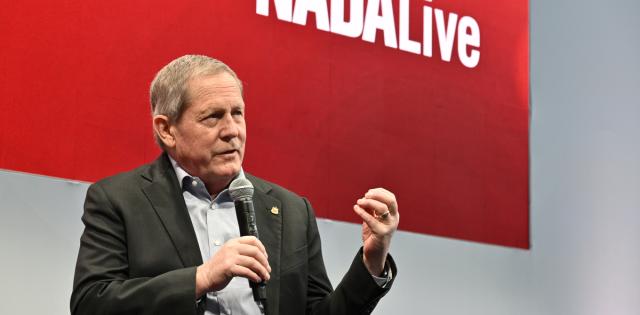The article below is sourced from Bloomberg Wire Service. The views and opinions expressed in this story are those of the Bloomberg Wire Service and do not necessarily reflect the official policy or position of NADA.
Ford Motor Co. has begun cutting orders from battery suppliers to stem growing electric-vehicle losses, according to people familiar with the matter, as it throttles back ambitions in a rapidly decelerating market for plug-in models.
Ford continues to maintain partnerships with its battery suppliers, which include South Korea’s SK On Co. and LG Energy Solution Ltd., as well as China’s Contemporary Amperex Technology Co. Ltd., said the people, who asked not to be identified revealing internal decisions.
The move is part a retrenchment of Ford’s EV strategy, which includes reducing spending by $12 billion on battery-powered models, delaying new EVs, cutting prices, and postponing and shrinking planned battery plants. Ford has forecast EV losses of up to $5.5 billion this year and Chief Executive Officer Jim Farley recently said its EV unit, Model e, “is the main drag on the whole company right now.”
A spokesman for Ford said the company typically doesn’t comment on relationships or terms with suppliers. CATL said its “cooperation with Ford is moving forward as normal” without elaborating. SK On and LG said their contracts with Ford remain in effect but didn’t immediately address the prospect of order changes.
As EV prices have plunged and demand has slackened, Ford’s losses per EV exceeded $100,000 in the first quarter, more than double the deficit from last year, one of the people said.
Bloomberg Intelligence estimates the losses Ford expects to sustain in its EV unit this year will come close to wiping out the profits it earns from its Ford Blue division, which makes traditional internal combustion engine vehicles like the Bronco SUV and gas-electric hybrids such as the Maverick truck.
“That raises questions about the prudence of investing heavily in EVs,” BI analysts Steve Man and Peter Lau wrote in a May 3 research note.
The reduction in orders is a fresh sign of the headaches plaguing the industry. Automakers in the US are confronting EV demand that continues to fall short of expectations. Meanwhile, battery makers in South Korea, China and elsewhere are dealing with a backlog of unsold inventory.
That, in turn, is rippling even further up the supply chain to impact prices for key metals like lithium, cobalt and nickel, which have all traded at multiyear lows this year, stalling investment decisions on new projects and, in some cases, leading to mine closures.
Ford officials say they have cut thousands in costs from their EVs to try to make them profitable, but they’ve also had to slash prices to remain competitive against market leader Tesla Inc., which has aggressively discounted its models.
“We’ve seen prices coming down quite dramatically and that’s why we haven’t been able to keep up from a cost reduction standpoint,” John Lawler, Ford’s chief financial officer, told analysts April 24 on the company’s earnings call. “But we’re targeting to take out as much cost this year as we can on Model e and all in the spirit of driving toward that contribution margin positive.”
Lawler was promoted to vice chair Friday to focus on long-term strategy and help find a way to stem the EV losses.
Ford is fast-tracking the development of small EVs that will start at $25,000 and debut in late 2026, Bloomberg has reported. Farley has said those models will be profitable within their first year on the market.
Finding a path to profitability on electric vehicles is critical to the company’s long-term survival, Lawler said in an interview this month.
“Model e has to stand on its own,” he said. “It needs to be profitable and it has to provide a return on the capital we’re investing.”
For more stories like this, bookmark www.NADAheadlines.org as a favorite in the browser of your choice and subscribe to our newsletter here:













